I’m starting a new series this year which will allow you to peek into my classroom. I’ll be sharing one activity from each grade level that was a hit (or miss) in my classroom and why! I waited a few weeks into the school year to start because I spend so much time at the start of the year working on expectations, routines, procedures, and relationships. Now that the dust has settled, it’s time to dig into music learning.
Kindergarten Music
Oh how I love Kindergarten! I know many teachers do not share my sentiment towards our littlest students, but here’s the secret: you must guide them how to learn. That means that I don’t do a lot of music teaching the first few weeks, but instead, I do a lot of teaching routines, expectations, and procedures like how to sit, how to listen, how to participate appropriately, and more. We also learn a really big vocabulary word on day one of music: AUDIATE. Audiate is a term coined by Edwin Gordon that means to think and comprehend music. When you’re five years old, audiate is a tough term to understand. I ask them to think their name in their mind. Can they hear it as they think it? Then I sing a tonal pattern and ask them to think it just like their name. That’s audiation! It’s the first step in a lifetime journey of understanding music. Check out my kindergarten students “audiating” on the first day of music!
First Grade Music
First grade music has been singing, chanting, and moving in music this week! They love doing the chant Stretch & Bounce (source: Music Play) using streamers. The streamers provide a visual to moving with flow over an elongation (any note longer than one macrobeat – in this case, a whole note). After each repetition, we use the streamers as microphones to practice rhythm patterns. We’re exploring rhythm solfege before using it formally in Learning Sequence Activities. The students love performing the chant using their audiation as well.
Second Grade Music
Second grade spent some time reviewing rhythm patterns in notation. They are experts at reading quarter note/eighth note patterns (macro-micro patterns) as well as quarter rests. We did a fun “Write the Room” activity and pretended we were spies as we moved around the room. The students worked with a partner as they moved around the room writing patterns. When they were done, they sat with their partner and read the patterns to one another. If they finished quickly, then they read the patterns a second time but followed up with an improvised pattern. It was a fun way to review old content before we move on to new concepts and skills.
Third Grade Music
Third grade students reviewed how to sing chord root harmony with a new song, Shoo Fly Shoo! My third graders have been singing chord root harmonies since first grade, but each year, we spiral new information. As first graders, they simply learned two pitch songs and sang accompaniments to simple melodies. As second graders, they learned that Major Tonic contains the pitches “Do-Mi-Sol” and Major Dominant contains the pitches “Sol-Fa-Re-Ti” as they continue to sing 2 or 3 pitch harmonies. In third grade, we merged chord roots and function together to understand that when we sing “Do” in a chord root harmony, we’re really audiating Major Tonic and could sing any pitch in Major Tonic too! When we’re singing “Sol” in a chord root harmony, we’re really audiating Major Dominant and could sing any pitch in Major Dominant. This will be enormously helpful as we move into Keyboards, Recorder, and Ukulele.
Fourth Grade Music
My fourth graders learned several Aeolian songs this September. They learned that Aeolian has the resting tone “La” just like it’s cousin Minor, but the leading tone determines if it’s in Aeolian or Minor. Here we are singing “The Canoe Song” and working in teams to do macrobeat/microbeat canoe races. The goal is that each team is working together (synergizing) to move to the macrobeat as the person in front “paddles” (aka boomwhackers) to the microbeat.
Fifth Grade Music
Lastly, my fifth graders are deep in our ukulele study. We began the year reviewing 1 & 2 chord songs using C, F, and C7. Here we are playing one of our favorites, Best Day of My Life, from Dr. Jill Reese’s YouTube channel. Since this video, we’ve moved on to learn G7 and Am! We’re excited to go on a musical field trip to see Jake Shimabukuro in Ann Arbor next month.
I hope you enjoyed these real life snapshots in my classroom! Leave me a comment below with you questions! I’d love to hear from you!




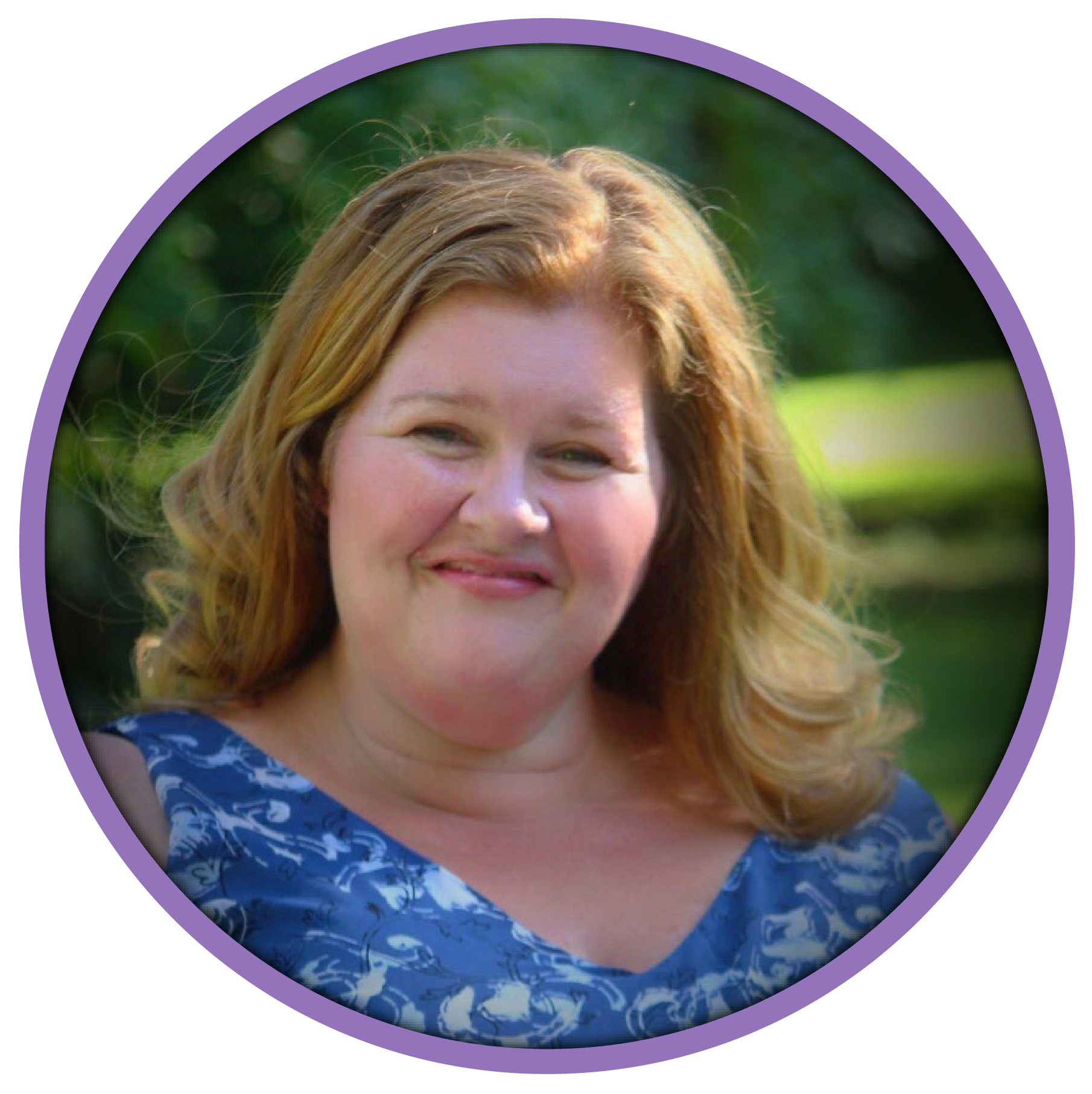
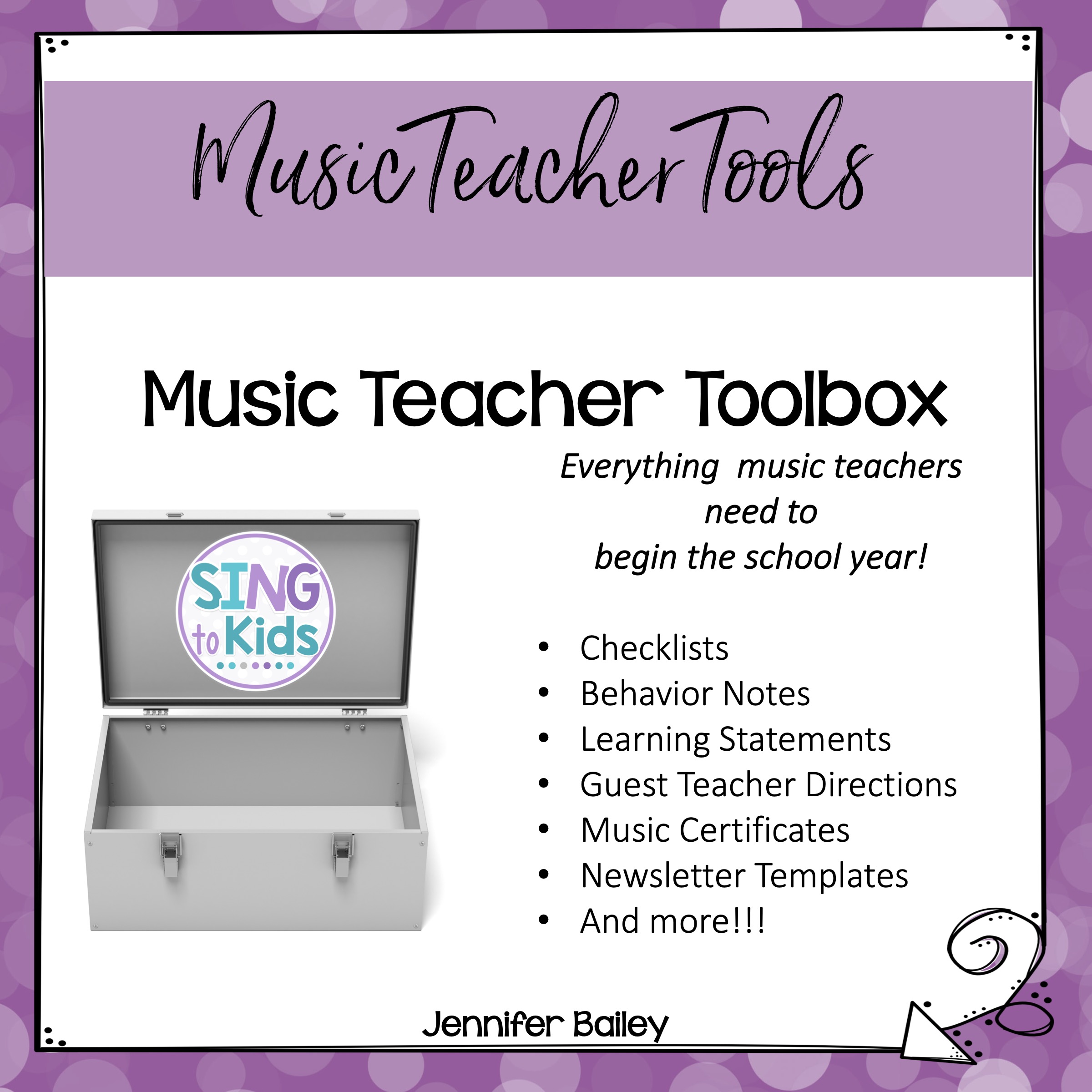

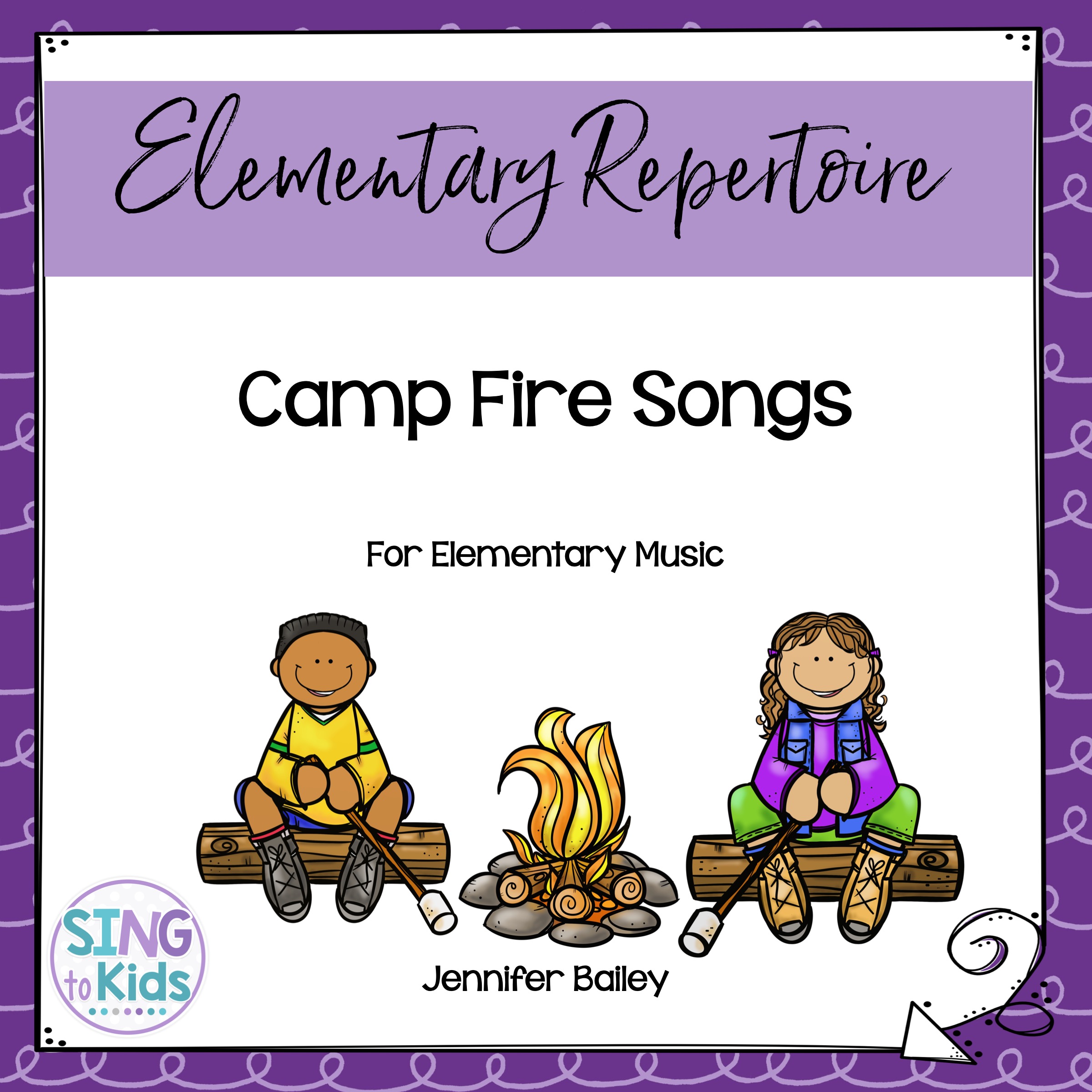
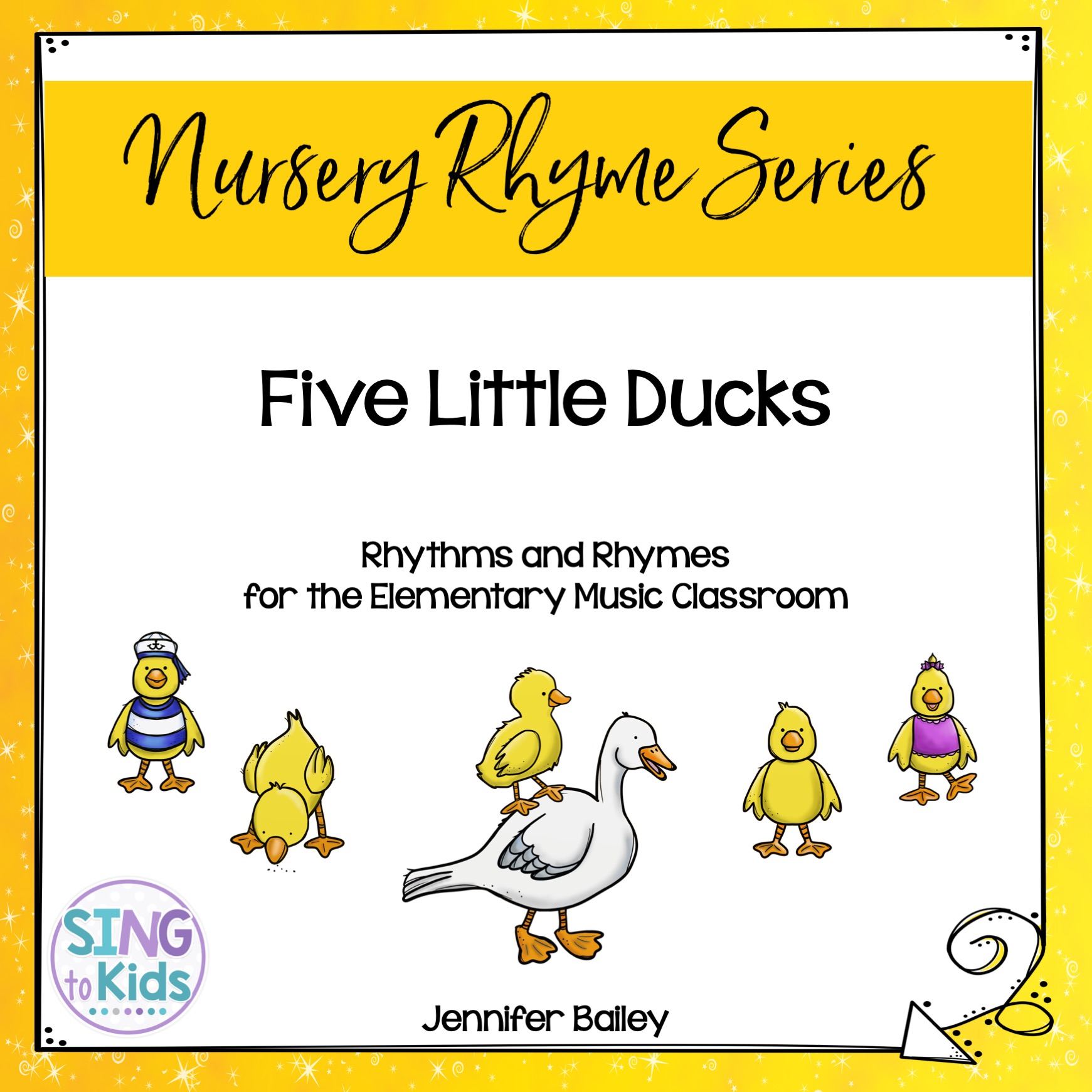
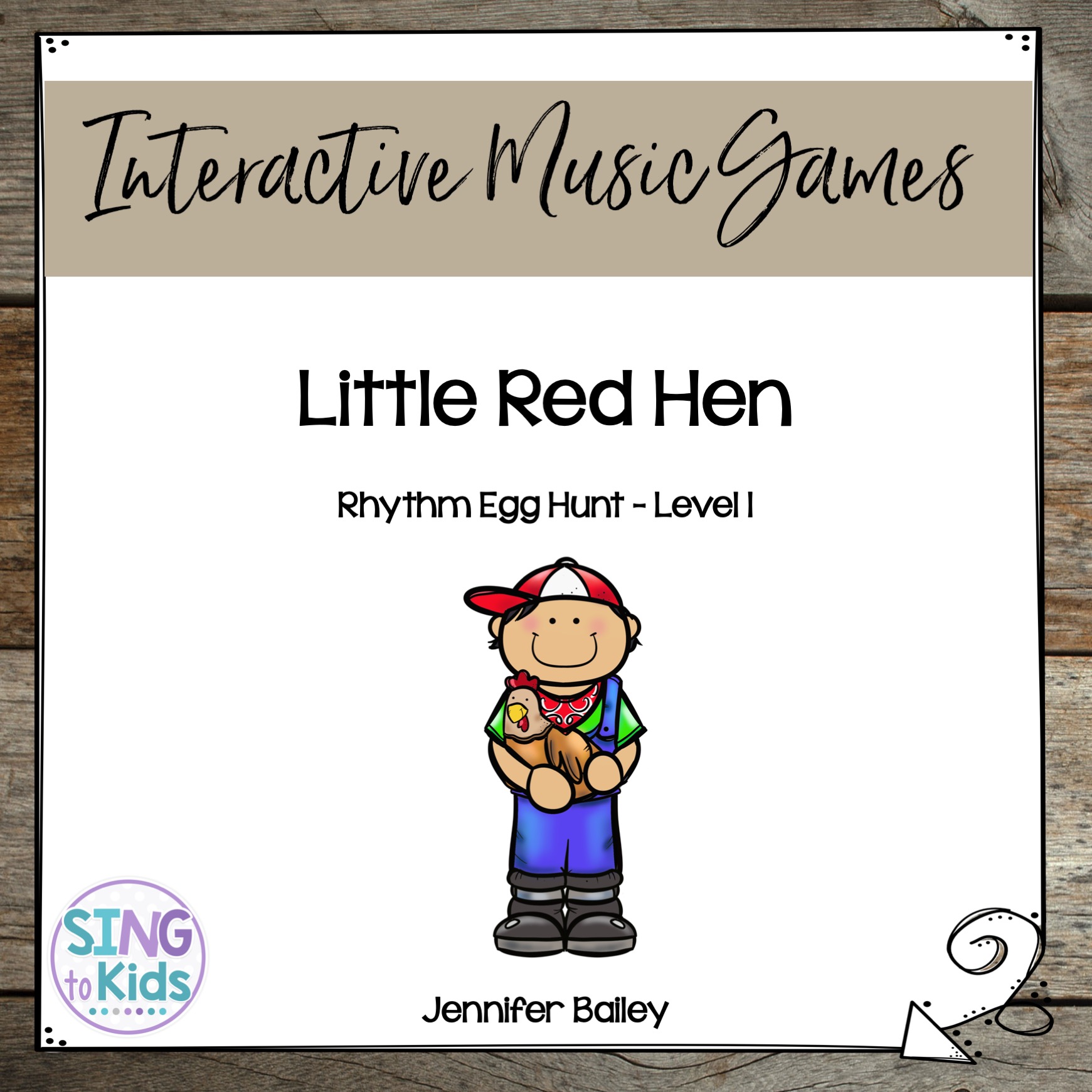
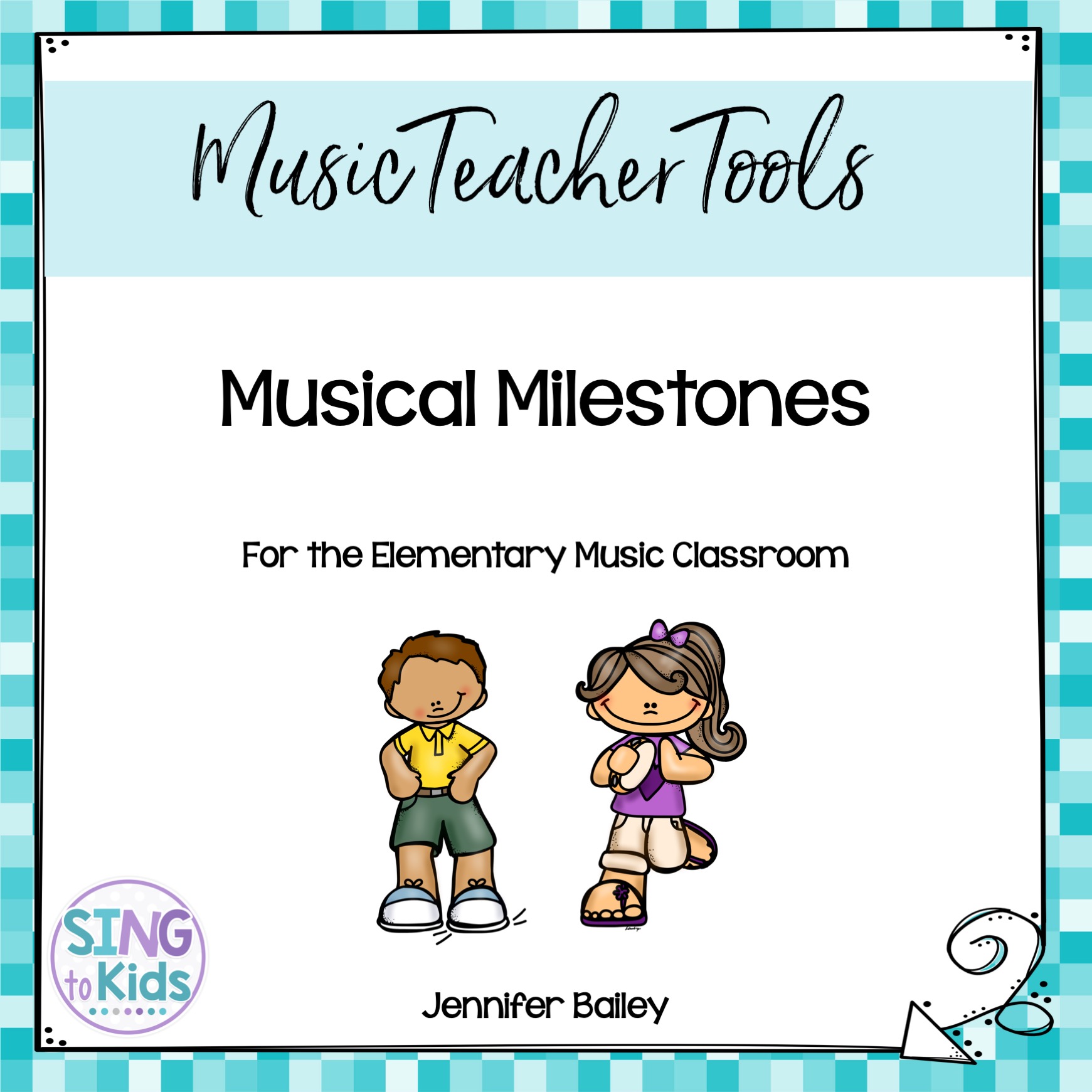
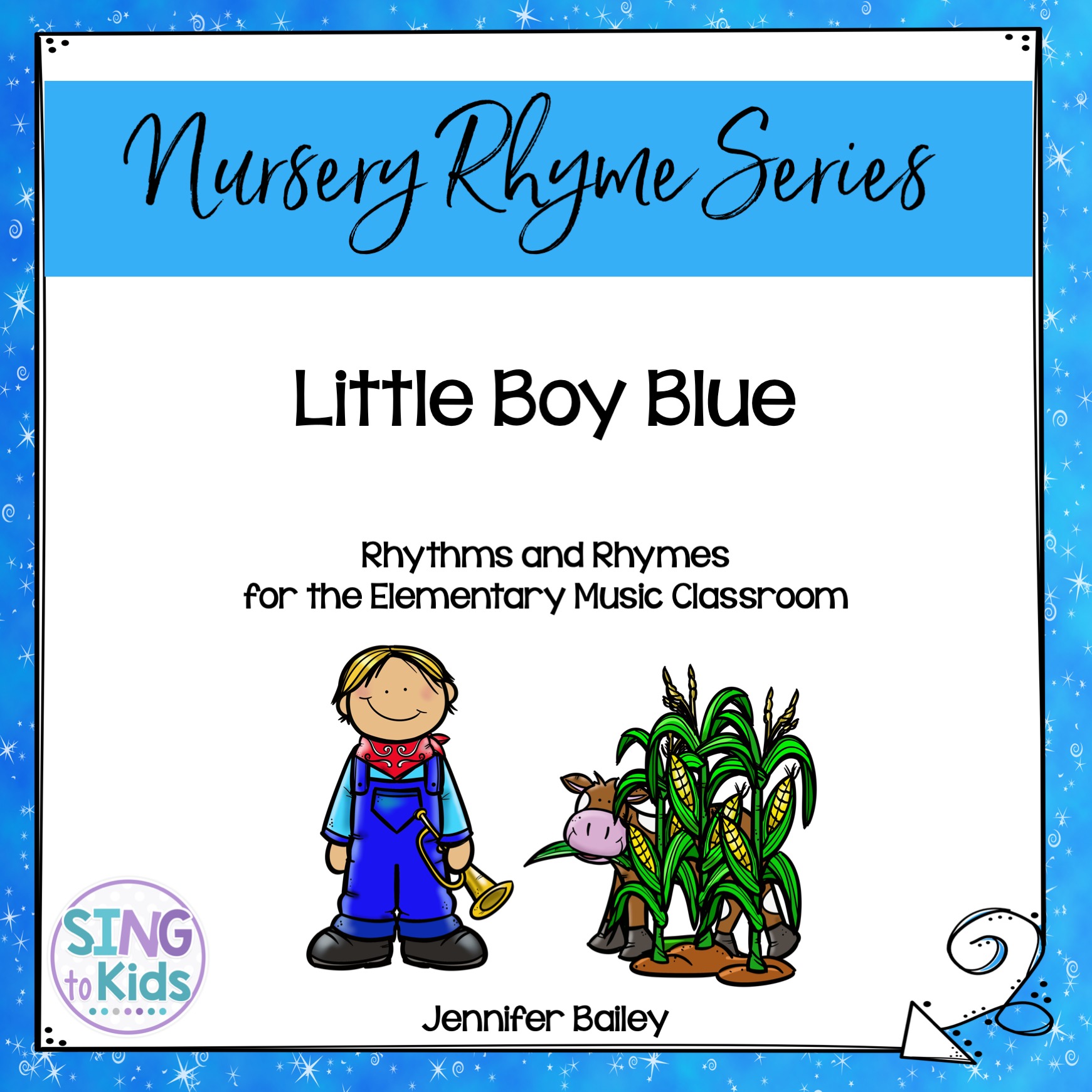
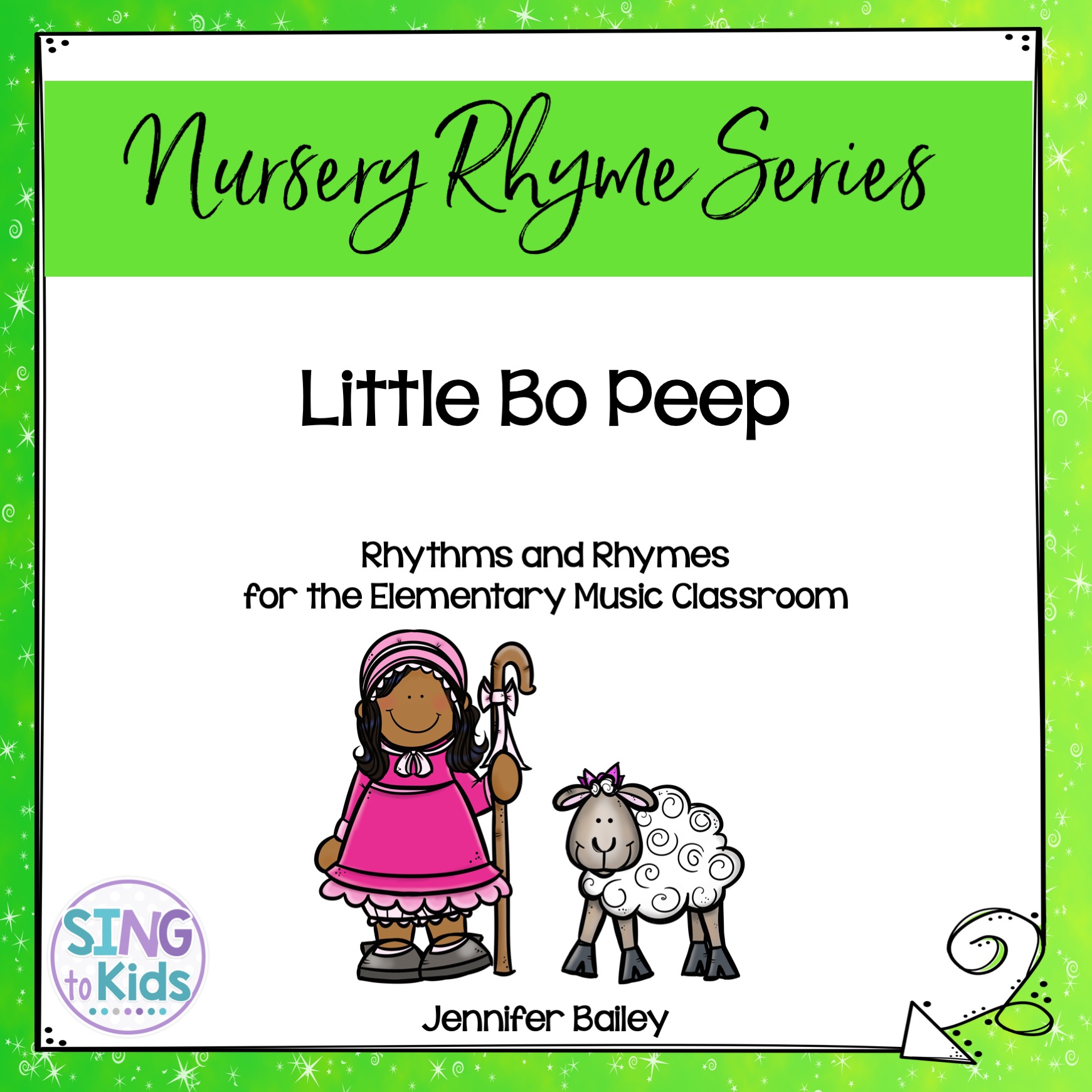
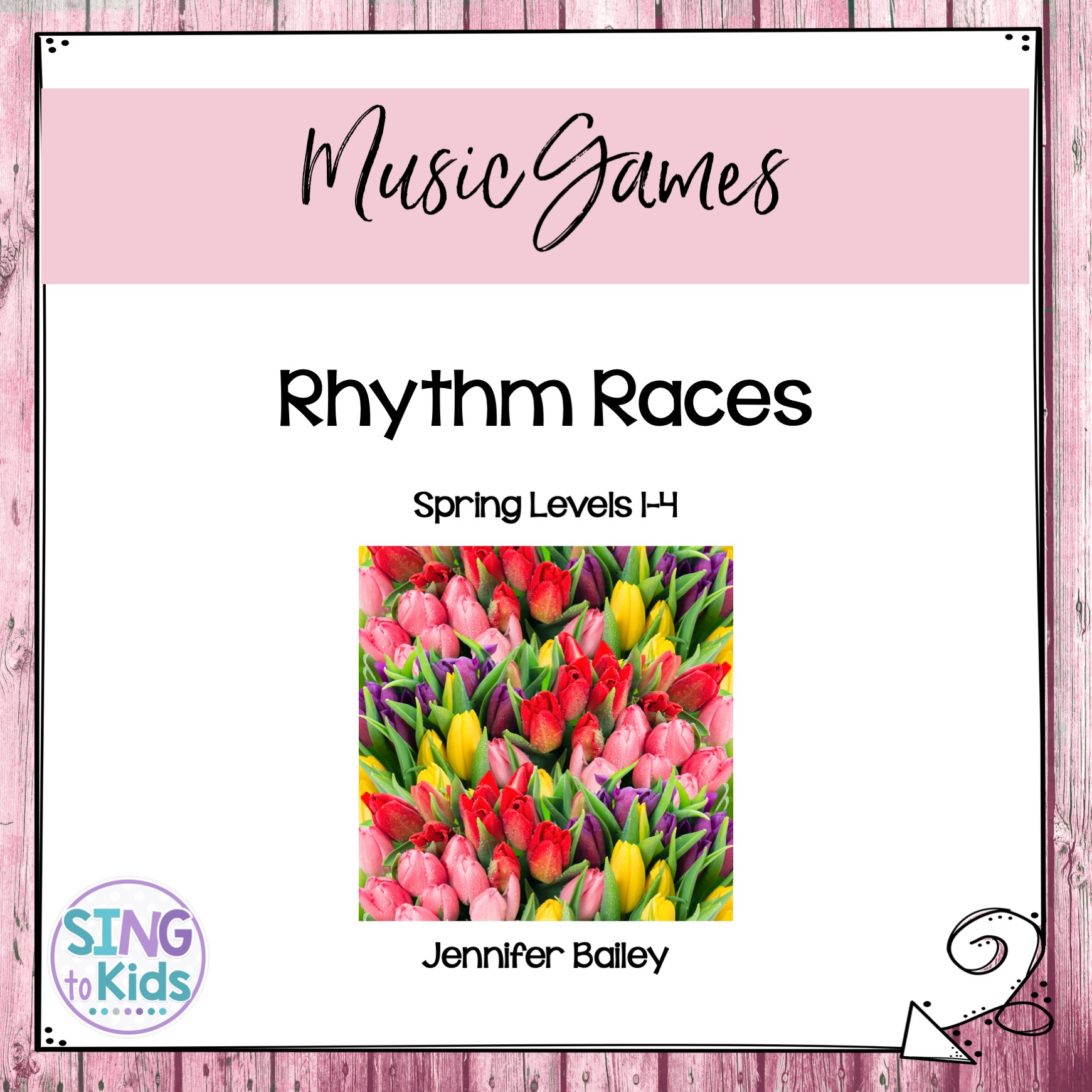
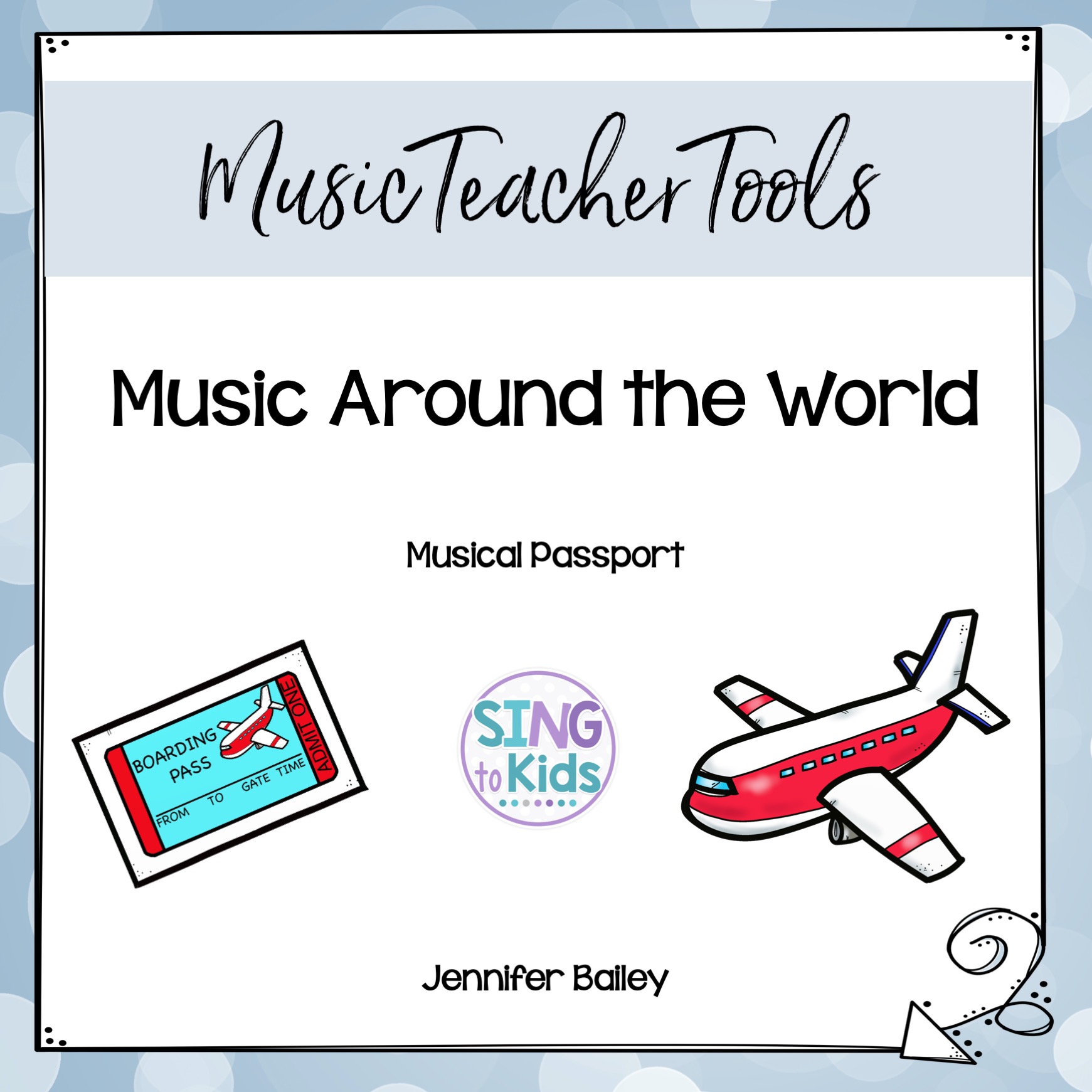
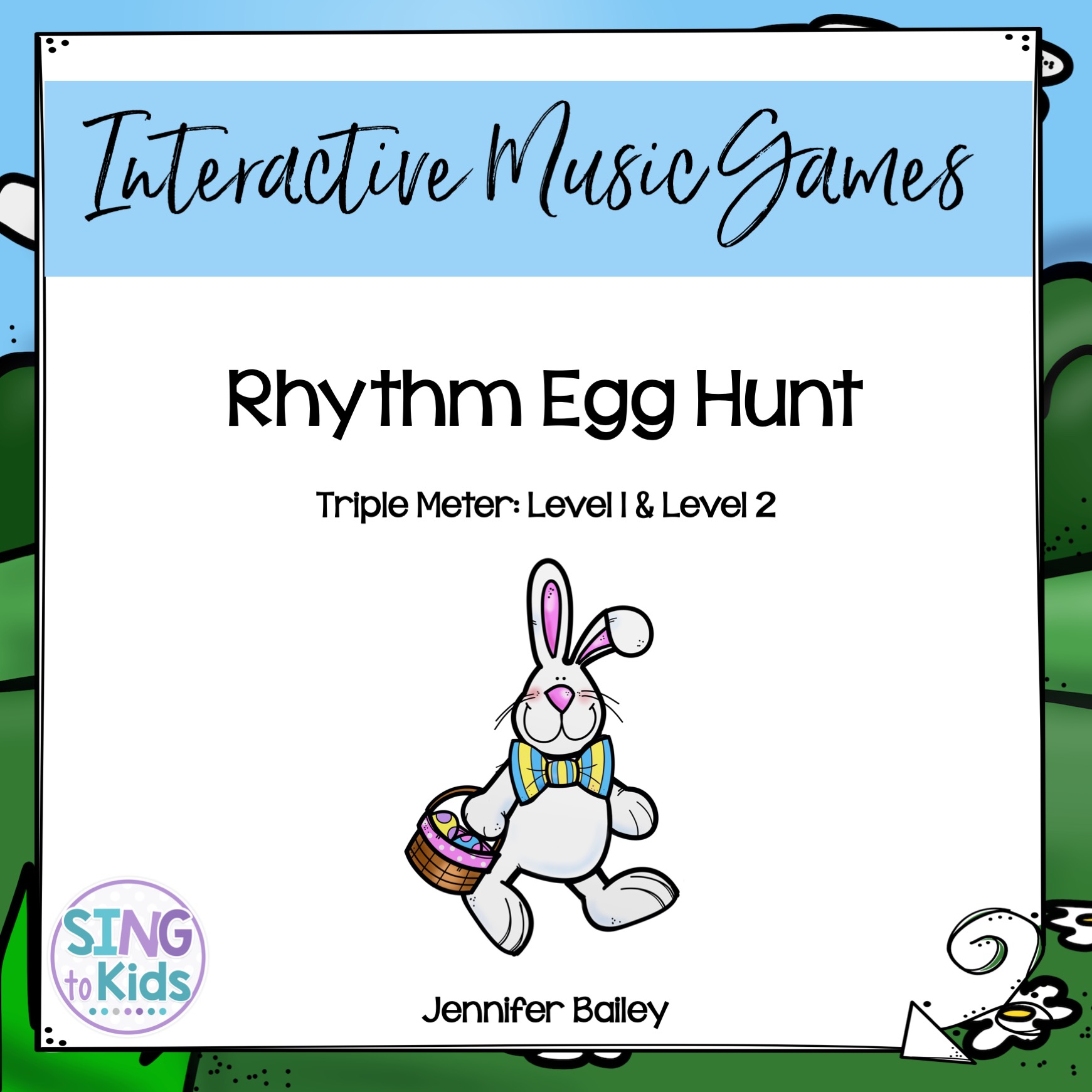
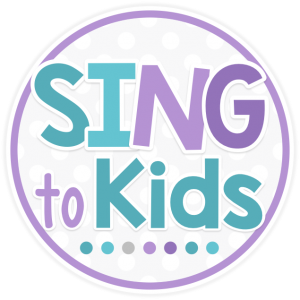
Connect with me!